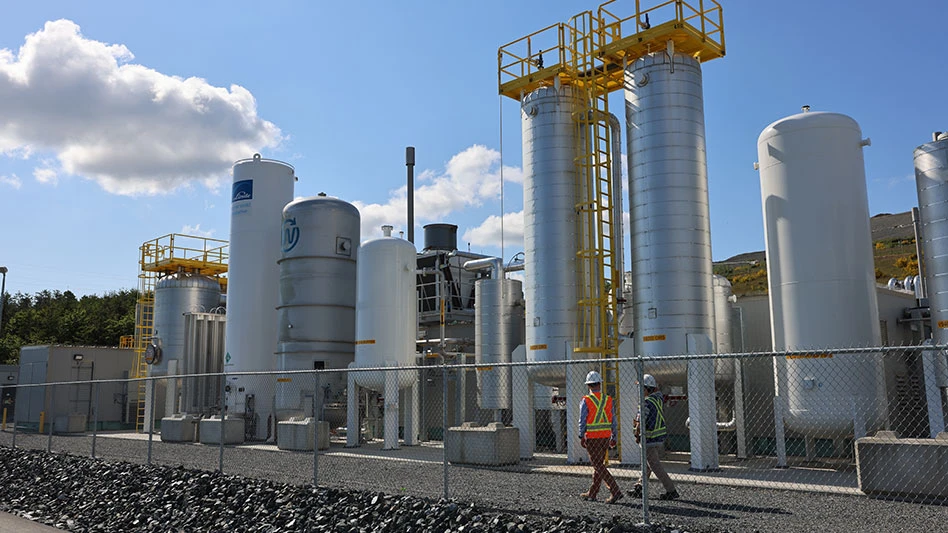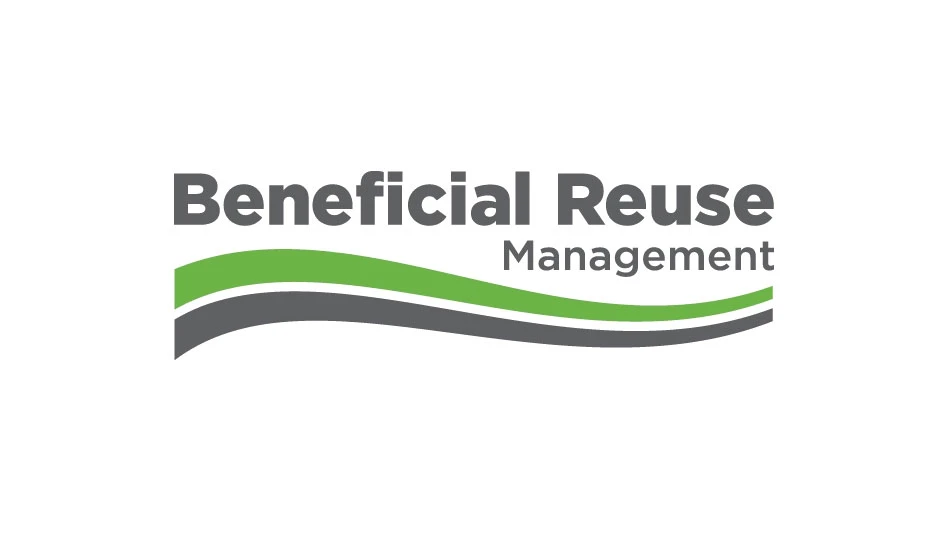
The U.S. Environmental Protection Agency (EPA) has announced its Strategic Roadmap to confront PFAS contamination nationwide.
The plan is centered on three guiding strategies: Increase investments in research, leverage authorities to take action now to restrict PFAS chemicals from being released into the environment and accelerate the cleanup of PFAS contamination.
“For far too long, families across America–especially those in underserved communities–have suffered from PFAS in their water, their air, or in the land their children play on,” said EPA Administrator Michael S. Regan. “This comprehensive, national PFAS strategy will deliver protections to people who are hurting, by advancing bold and concrete actions that address the full lifecycle of these chemicals. Let there be no doubt that EPA is listening, we have your back, and we are laser focused on protecting people from pollution and holding polluters accountable.”
According to the EPA, the Strategic Roadmap delivers on the agency’s mission to protect public health and the environment and answers the call for action on these persistent and dangerous chemicals. Alongside the release of the roadmap, the agency has also announced a new national testing strategy that requires PFAS manufacturers to provide the agency with toxicity data and information on categories of PFAS chemicals.
The PFAS to be tested will be selected based on an approach that breaks the large number of PFAS today into smaller categories based on similar features and considers what existing data are available for each category. EPA’s initial set of test orders for PFAS, which are expected in a matter of months, will be strategically selected from more than 20 different categories of PFAS. This set of orders will provide the agency with critical information on more than 2,000 other similar PFAS that fall within these categories.
The roadmap lays out:
- Aggressive timelines to set enforceable drinking water limits under the Safe Drinking Water Act to ensure water is safe to drink in every community.
- A hazardous substance designation under CERCLA, to strengthen the ability to hold polluters financially accountable.
- Timelines for action—whether it is data collection or rulemaking—on Effluent Guideline Limitations under the Clean Water Act for nine industrial categories.
- A review of past actions on PFAS taken under the Toxic Substances Control Act to address those that are insufficiently protective.
- Increased monitoring, data collection and research so that the agency can identify what actions are needed and when to take them.
- A final toxicity assessment for GenX, which can be used to develop health advisories that will help communities make informed decisions to better protect human health and ecological wellness.
- Continued efforts to build the technical foundation needed on PFAS air emissions to inform future actions under the Clean Air Act.
Latest from Waste Today
- Routeware celebrates 25 years of innovation
- Montana city approves compost facility improvements
- Willows offer a nature-based solution to reducing leachate volumes
- REI outdoors retailer hits zero waste target
- Minnesota awards $1M in waste reduction grants
- Nashville, Tennessee, inches closer to establishing standalone solid waste department
- Los Angeles Sanitation and Environment wins brownfields grant
- Bain & Co. sees distant chemical recycling timeline





